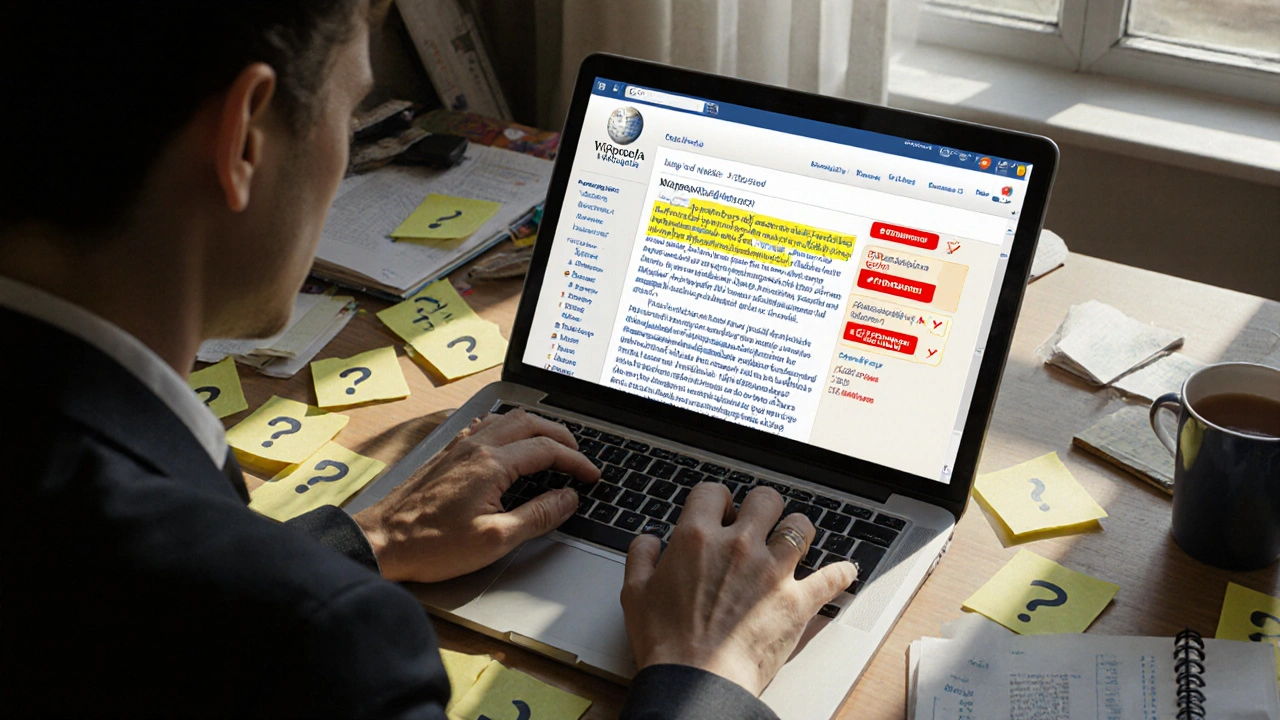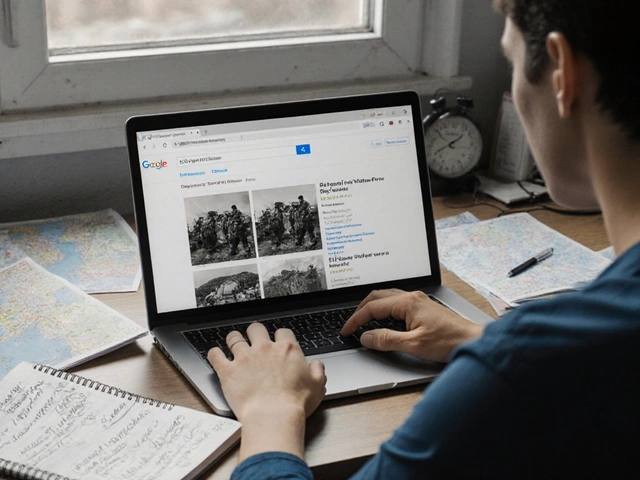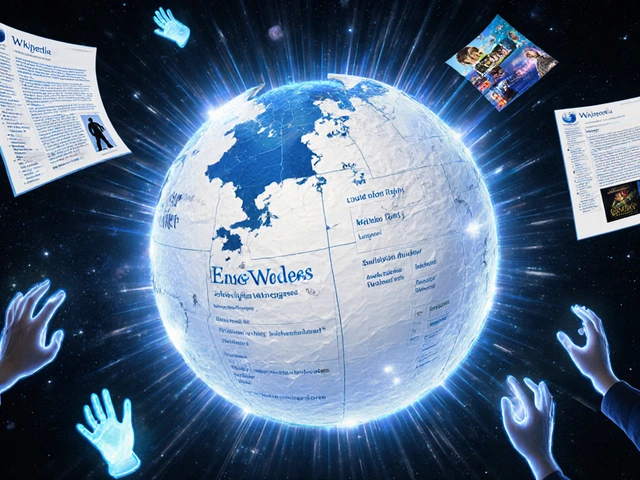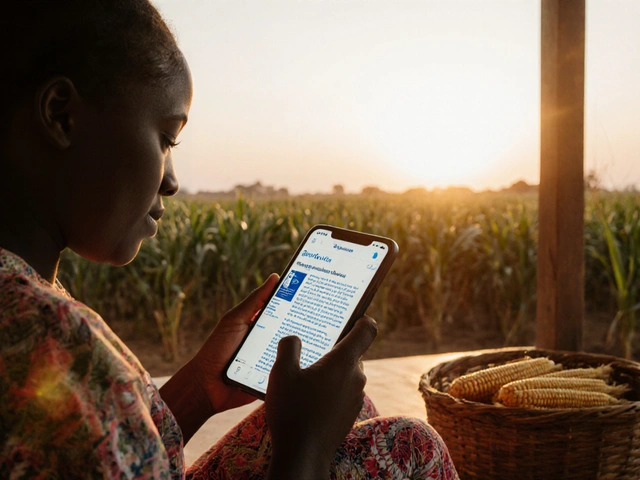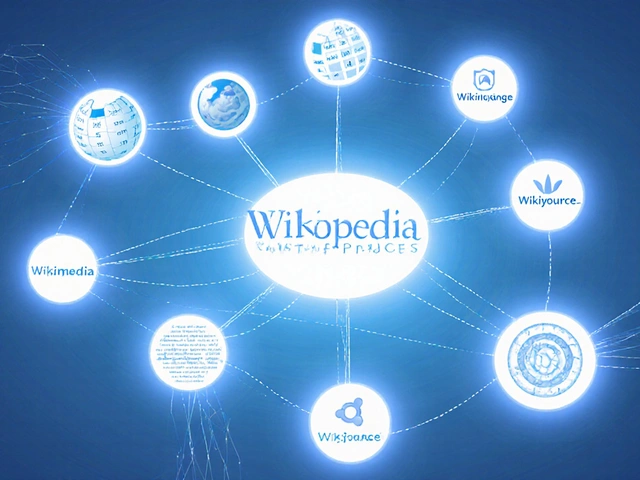Sourcing from Wikipedia: How to Use It Right and Avoid Common Mistakes
When you sourcing from Wikipedia, the practice of using Wikipedia as a starting point to find credible references for research or reporting. Also known as backlinking to Wikipedia citations, it’s not about quoting the encyclopedia—it’s about following its paper trail. Most people think Wikipedia is a source. It’s not. It’s a map. Every claim on Wikipedia should have a citation, and those citations lead to books, journals, news reports, and official documents. That’s where the real truth lives. If you skip that step, you’re not sourcing—you’re guessing.
Using primary sources, original materials like interviews, raw data, or firsthand accounts on Wikipedia can be tempting, but it’s risky. The site prefers secondary sources, analytical works that interpret or summarize primary materials, like academic reviews or reputable journalism because they’ve already been vetted by experts. A newspaper article about a new study? That’s secondary. The study itself? That’s primary. Wikipedia editors will often revert your edit if you use the raw study without context. Why? Because anyone can misread data. A good secondary source filters out noise and bias.
And that’s why journalists, students, and researchers keep coming back to Wikipedia—not for the words on the page, but for the footnotes. A 2023 study of newsrooms found that over 60% of reporters used Wikipedia to find leads, but only 12% quoted it directly. They used it to find the right journal, the right expert, the right government report. That’s the real power. It’s not about taking Wikipedia’s answer. It’s about finding the answer Wikipedia found.
But it’s not perfect. Sometimes citations are broken. Sometimes they’re misused. AI tools now pull citations from Wikipedia and show them as proof—even when the source doesn’t actually support the claim. That’s why you need to check. Click the link. Read the paragraph. Does it say what the article claims? If not, it’s not a valid source, no matter how many times it’s been copied.
Behind every good Wikipedia edit is a volunteer who dug through archives, tracked down old newspaper microfilm, or convinced a university library to share a report. That’s the hidden work. The sourcing from Wikipedia process isn’t lazy—it’s disciplined. It’s about respecting evidence, not just grabbing headlines. The people who keep Wikipedia accurate aren’t the ones who write the most. They’re the ones who cite the best.
What follows are real stories from editors who’ve fought over citations, fixed broken links, built annotated bibliographies, and taught others how to tell the difference between a real source and a fake one. You’ll see how Wikinews volunteers handle sourcing under pressure, how copy editors clear thousands of articles by checking every reference, and how task forces are fixing decades of bias by adding missing sources from underrepresented communities. This isn’t about rules. It’s about responsibility. And if you’re using Wikipedia to learn, write, or report—you need to know how to do it right.
Fact-Checking Using Wikipedia: Best Practices for Journalists
Wikipedia is not a source-but for journalists, it’s a powerful tool to find verified facts. Learn how to use citations, avoid pitfalls, and turn Wikipedia into a gateway to real evidence.
